We have analyzed the all-new 3.0L turbo V6 engine which will appear on the upcoming 2017 Audi S4/S5.
A couple days ago, Porsche has also unveiled the 2nd generation of the Panamera, which comes with two engine options during its initial launch: a 2.9L V6 and 4.0L V8, both are turbocharged.
Both engines share a similar architecture. The 2.9L V6, which is closely related to the Audi’s 3.0L V6, can be considered the 6-cylinder version of the 4.0L V8, with one cylinder “chopped off” in each bank.
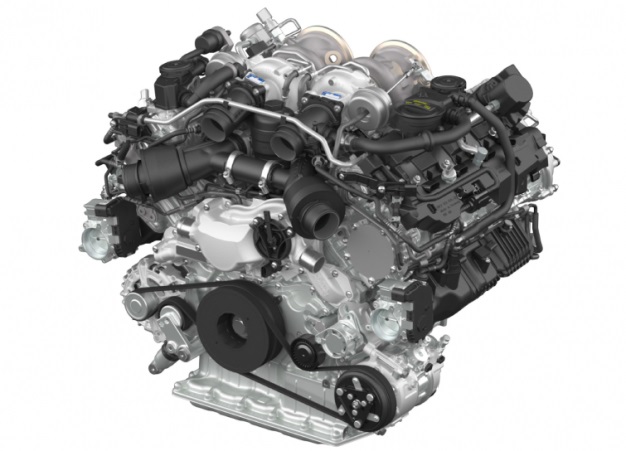
First, let’s recapitulate the Audi 3.0L V6’s new designs, as described in our previous article:
- Reverse flow header (which makes using twin-scroll turbocharger possible)
- Integrated exhaust manifold into the header
- Cast-in iron cylinder liner (not Alusil in the old supercharged V6)
- Direct injection system changed to spray-guided type (Audi has been using air-guided type previously)
- Single turbocharger with twin-scroll design
- Introduced Miller cycle (a.k.a Atkinson cycle) in its operation
- Air-to-air intercooler
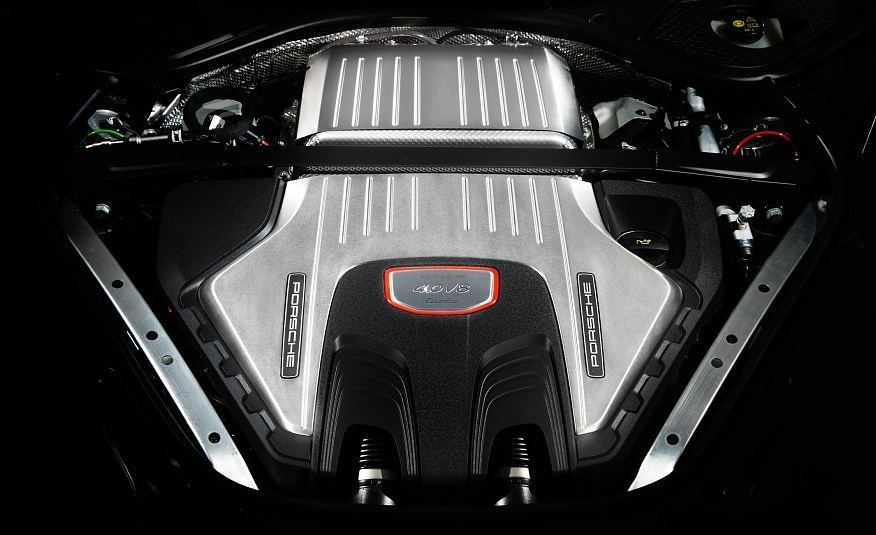
Although strongly related to Audi’s 3.0L version, the Prosche’s 2.9L V6 has some fundamentally different designs. Based on new information we have gathered, below are its unique mechanical features (highlighted in yellow):
- Reverse flow header, integrated exhaust manifold, spray-guided type direct injection are kept
- Cylinder liner is changed to plasma spray type
- It uses TWO mono-scroll turbochargers, compared to Audi’s single turbocharger (twin-scroll type)
- The 2.9L will not have cylinder deactivation like its 4.0L V8 sibling; Whether it has the same Miller cycle feature as in the Audi version is unknown at this moment
- Type of intercooler is unknown too
- The 2.9T V6 will also be used on the new RS4 and RS5
Specifications
- Bore pitch/spacing: 93 mm
- Displacement: 2,894 cc (V6); 3,996 cc (V8)
- V8: 550 hp (5,750 RPM), 568 lb-ft (770 Nm) @ 1,960-4,500 RPM
- V6: 440 hp (5,650 RPM), 406 lb-ft (550 Nm) @ 1,750-5,500 RPM
The 2.9T has much higher output than the Audi 3.0T (440 hp v.s 354 hp), this means the boost pressure in the Porsche application is higher too. Taking the mono-scroll factor into consideration, the 2.9T V6-equipped Panamera will has more turbo lag than the Audi S4/S5.
However this is not the fault of turbocharging itself, but the physical nature determined by the engine’s relatively small displacement and large output. Had the 2.9T used a single but twin-scroll turbocharger, it will has even more lag than the current twin-turbo setup.
We will provide a more detailed analysis once Porsche releases more technical information, so stay tuned!


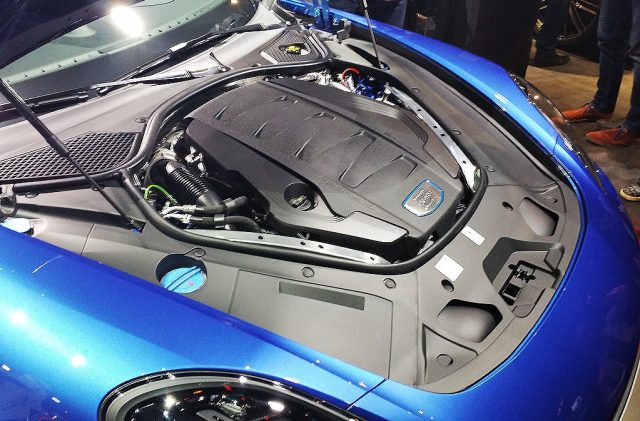


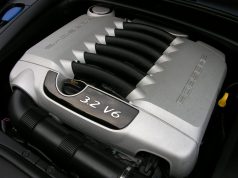
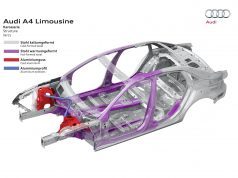

You sure there will be turbo lag on the 2.9T with just 0.4bar?